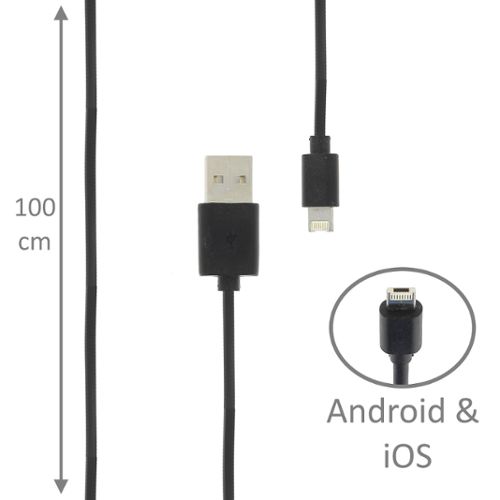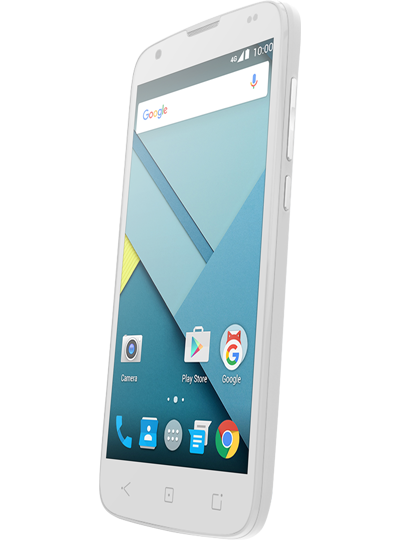

And, many photos taken in dark conditions will require a bit of brightening. A bit of cropping can do wonders to increase the size of small objects like the moon, or to hone in on a constellation.
ANDROID STARTRAIL 5 HOW TO
To make the most of your smartphone astrophotography, it’s worth investing some time to learn how to enhance the images after you’ve taken them. Northern lights over Ottawa with iPhone 6. I took this image from my backyard using an iPhone 6 and the NightCapApp in 2015. The ISS over South Africa with a Huawei Mate 8 Photo: Cory Schmitz, Auroraeįor those of you in very northern or southern locales, bright auroras are also in reach of your smartphone.
ANDROID STARTRAIL 5 DOWNLOAD
To find out when these will be passing overhead, consult the Heavens Above website or download an ISS tracking app. Using a long exposure app and a tripod, you can also capture moving objects such as satellites and the International Space Station. Photo: Christopher Becke, and the International Space Station

With patience and a tripod-mounted phone, you can capture star trails using apps with very long exposure options, such as the NightCapPro app. Be sure to “lock” the exposure and focus settings once the constellation is properly in view on your screen and do not move the camera when taking the photo. The wide field of view offered by a smartphone will even let you capture multiple constellations in the same frame, or you can crop the image later to showcase constellations like Ursa Major, Orion, Scorpius, and others. The brightest constellations are relatively easy to capture with a long exposure app and a steady phone. A little zoom is OK, but too much will make the moon and any other objects in your photo appear pixelated.Ĭonstellations The Big Dipper with an iPhone. The moon will be small, but don’t be tempted to zoom in too much because you can always crop the image using a photo app later.

This will let you capture some nice foreground objects and catch the true shape of the moon before (or after) it becomes too bright. Unless you want the moon to appear as an overexposed blob against a black sky, you’ll want to photograph it just before sunset, just after sunrise, or in daylight using your phone’s standard camera. I’ve captured photos of constellations, aurorae, the moon, and the International Space Station to name a few. There are more astrophotography targets available to your phone than you’d think. There are also many other products available if you search for “long exposure” apps.
ANDROID STARTRAIL 5 ANDROID
For iPhone, I highly recommend the NightCap Pro app and have seen good images taken with the Android app Camera FV-5. To get around this, you’ll want to download an app that essentially tricks your phone into taking the equivalent of a long exposure. While the newest smartphones have better exposure control options than ever, your phone’s default camera still won’t be ideal for low-light conditions. You’ll find that resting or leaning the phone against a steady surface makes a big difference! A steady phone will allow you to photograph objects like the International Space Station passing overhead, and provide the stabilization needed to take the very long exposures required to capture star trails.Īnd, most smartphones allow you to use your headphones as a shutter release! The earphone volume buttons trigger the camera, which eliminates the need to touch the screen and potentially shake the phone while taking the photo. A tripod is your best option and there are small, smartphone-specific tripods available on Amazon and eBay as well as adapters (like those made by Studio Neat) that can attach to existing tripods.īut, when I don’t have a tripod handy, I use any flat surface I can find such as a railing, pillar, or wall. It’s possible to take hand-held night sky photos, but even the smallest involuntary movement will cause blurring or streaks in your images. All of the photos in this article were taken with my iPhone unless otherwise noted, and here’s how you can achieve similar results. I’ve been using my iPhone for astrophotography since 2012, and have learned some techniques for taking night photos that show more than fuzzy, out-of-focus dots.

With today’s smartphones, it’s possible to capture decent photos of the stars, planets, aurorae, meteors, satellites and the International Space Station – if you know the right tricks. Yes, you can take good night sky images with just a phone!


 0 kommentar(er)
0 kommentar(er)
